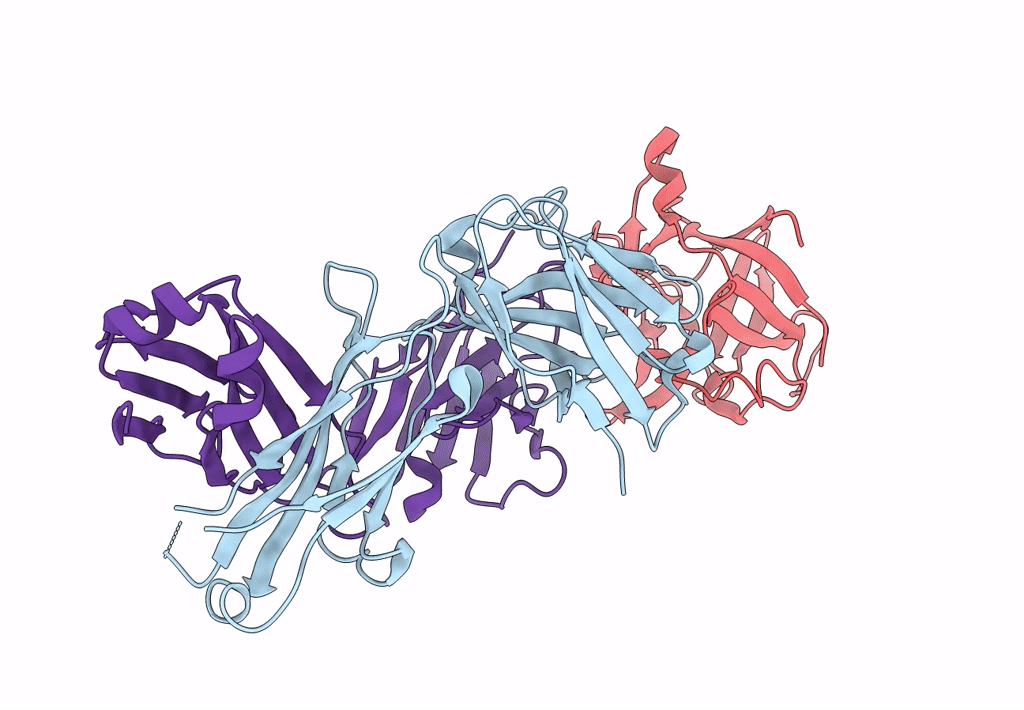
Deposition Date
2022-03-04
Release Date
2023-02-08
Last Version Date
2024-10-16
Method Details:
Experimental Method:
Resolution:
3.30 Å
R-Value Free:
0.26
R-Value Work:
0.23
R-Value Observed:
0.24
Space Group:
C 1 2 1


